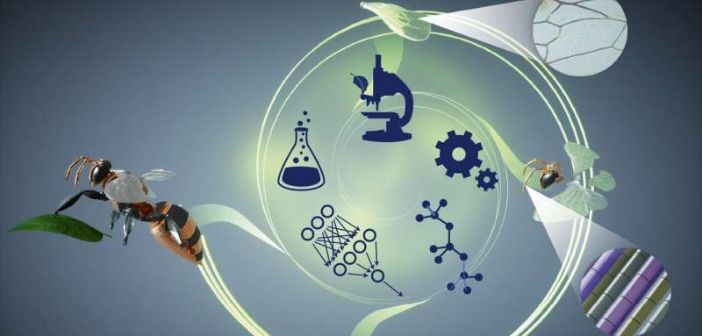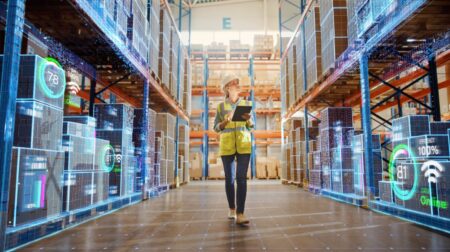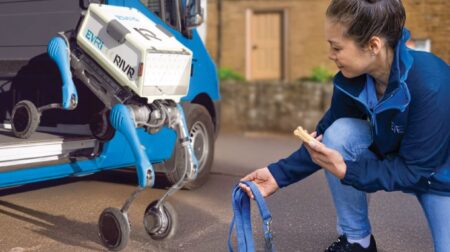New research by Imperial College London aims to bridge the educational gap between AI and lifelike robots that have bodily control, autonomy and intelligent capabilities.
Published in Nature Machine Intelligence, the research defines the term Physical AI. It describes the robots as being designed to look and behave like humans or other animals with intelligent capabilities associated with biological organisms.
According to the study, machines and biological beings exist separately but there are no autonomous robots that interact with environments and humans in a similar way to how current computer and smartphone-based AI do.
Co-lead author Professor Mirko Kovac of Imperial’s department of aeronautics, said: “The development of robot ‘bodies’ has significantly lagged behind the development of robot ‘brains’. Unlike digital AI, which has been intensively explored in the last few decades, breathing physical intelligence into them has remained comparatively unexplored.”
The research suggests that by teaching materials science, mechanical engineering, computer science, biology and chemistry as a combined disciple enables students to develop the skills needed to create lifelike AI robots.
Imperial said by integrating scientific disciplines future researchers could develop lifelike robots that have bodily control, autonomy and sensing at the same time.
Kovac added: “The notion of AI is often confined to computers, smartphones and data intensive computation. We are proposing to think of AI in a broader sense and co-develop physical morphologies, learning systems, embedded sensors, fluid logic and integrated actuation.
“This Physical AI is the new frontier in robotics research and will have major impact in the decades to come, and co-evolving students’ skills in an integrative and multidisciplinary way could unlock some key ideas for students and researchers alike.”
Researches said achieving nature-like functionality in robots requires combining conventional robotics, AI and other disciplines. Cross-disciplinary collaborations and partnerships will be important.
One such partnership is Imperials work with Empa, the Swiss Federal Laboratories for Materials Science and Technology. Its joint centre of robotics is researching activities in Physical AI by supporting teachers at both institutional and community level.
Co-lead author Dr. Aslan Miriyev of Empa and the Department of Aeronautics at Imperial said: “Creating lifelike robots has thus far been an impossible task, but it could be made possible by including Physical AI in the higher education system. Developing skills and research in Physical AI could bring us closer than ever to redefining human-robot and robot-environment interaction.”








